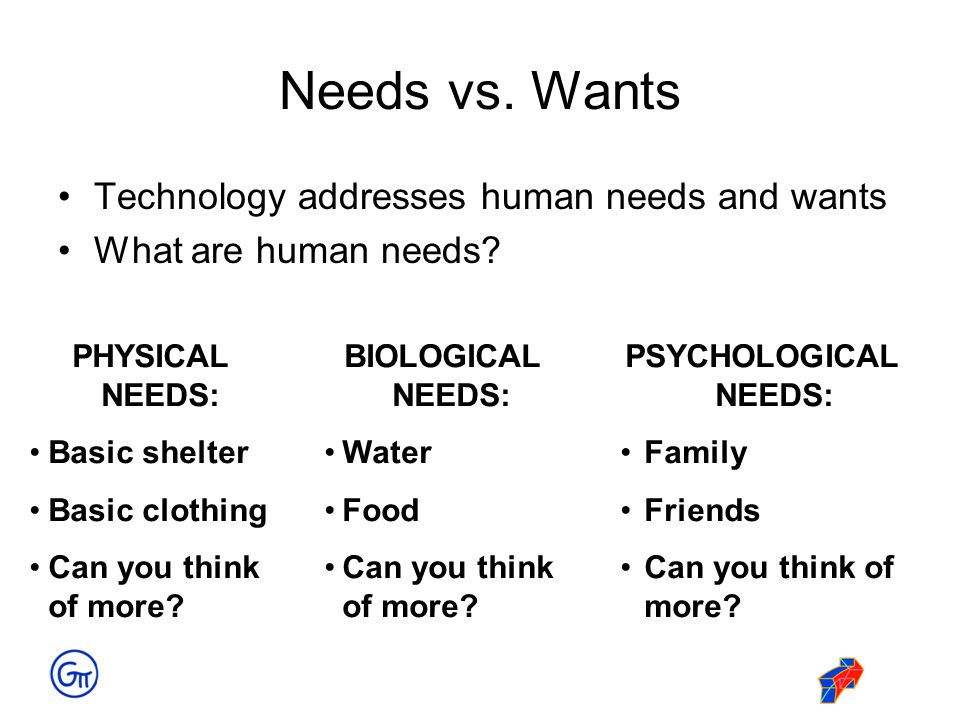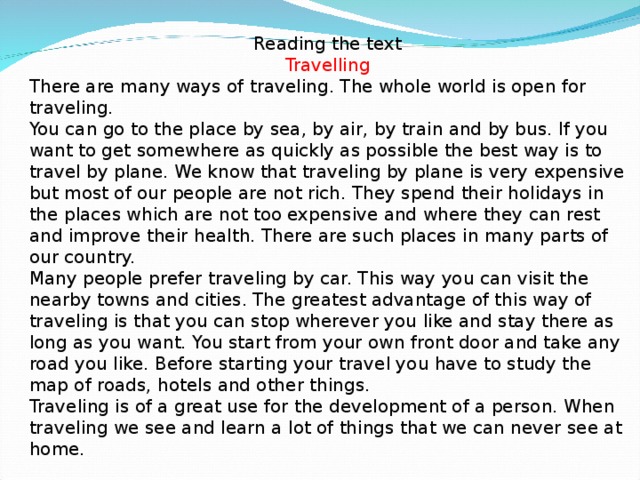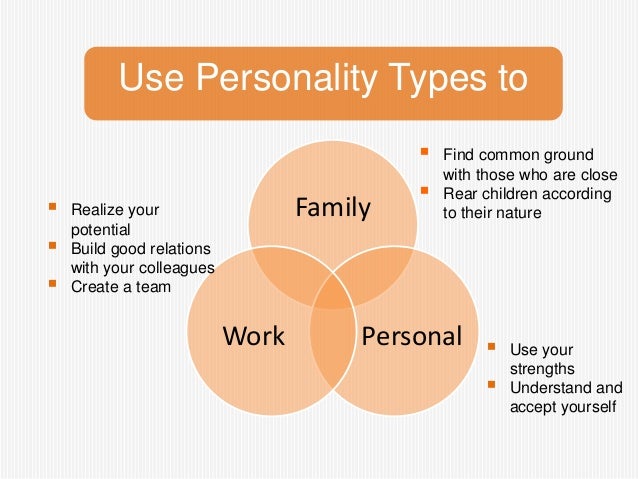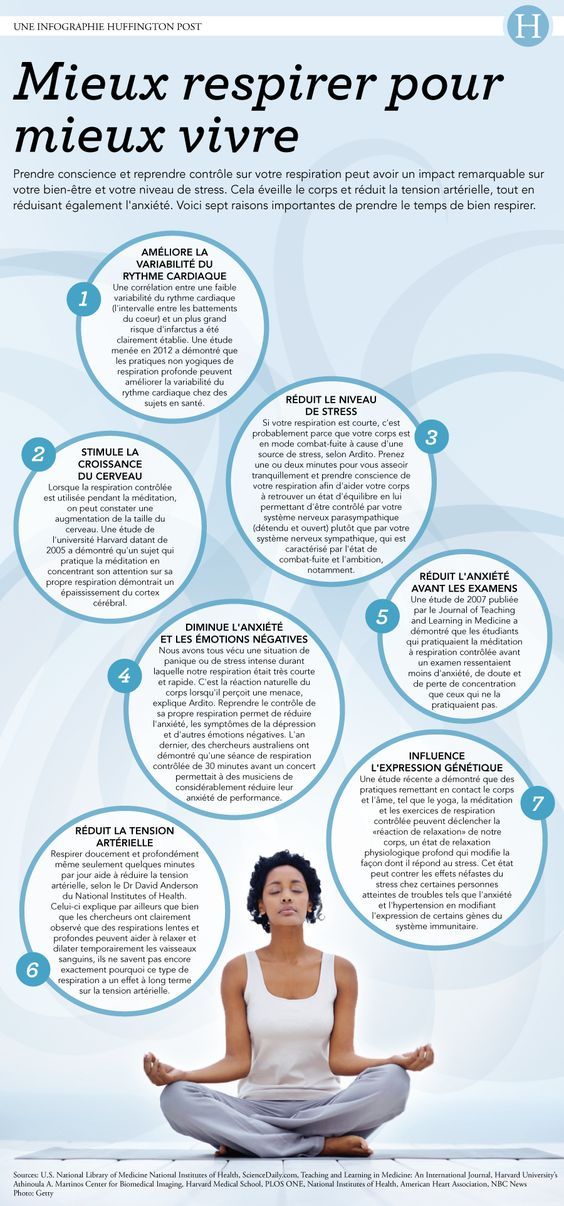Need vs want psychology
Needs Vs. Wants: How to Tell the Difference
A couple of years ago I taught a lesson at Reagan Elementary to some 1st graders about the difference between needs and wants. I made a bunch of cards with images on them. Each card had things like food, water, a job, or a house while others had things like a bike, ice cream, toys and various other items. I passed all the cards out to the students and then one by one they had to come up and tell the class what card they had and if they thought it was a need or a want. For the most part they did really well. But as we get older sometimes the line blurs between our needs and our wants. I need a car to get to and from work and pick my kids up and do all the mom/wife things I have to do. When making the decision to get a 2022 decked out Honda Pilot would that fall under the need category or want? Both really. Yes, it would fulfill my need for a vehicle but I could get something way less expensive and still meet that need. So in this case it would be more of a want and I would need to really evaluate my budget and what I was willing to pay every month.
Have you ever struggled with separating needs from wants? Read on to learn how to tell the difference between these two spending categories.
Defining needs and wants
A need is something necessary to live and function.
A want is something that can improve your quality of life.
Using these criteria, a need includes food, clothing, shelter and medical care, while wants include everything else. However, these terms are more fluid than they appear to be at first glance, and some items can seem to fit into both categories. A good trick for dividing wants and needs is to let some time pass before fulfilling your desire for the item. The desire for a need grows stronger with time, while the desire for a want will weaken with passing time.
Listing your needs and wants
Now you can begin listing your own needs and wants.
Start with needs, including basics like food, rent or mortgage, as well as other fixed expenditures that are necessary for you to live and function, such as transportation costs and insurance coverage.
If you get stuck on a particular item and don’t know where to place it, hold it up to the following questions:
Do I really need this item to live and function?
Is it possible to fill this need in a less expensive way?
How would my life be different if this item were not a part of it? When you’ve completed your list of needs, you can list all remaining expenses in your category of wants.
Reviewing and tweaking your lists
After completing this exercise, review your list of needs to see if anything can be removed. Will you still need these items a few years from now, or even a few months from now? Can any of your needs be swapped for a cheaper option? For example, you may need clothing, but do you need eight pairs of designer jeans? Or, I may need a new vehicle but do I need the newest, most decked out SUV on the market?
Do the same for your list of wants. Which of them are only there because of pressure to keep up with others or look good? Which of your wants were more important to you in the past than they are today? Which are status symbols? Pare down your list until you’re only left with the wants that truly add value to your life.
Now that you know how to tell the difference between needs and wants, creating a monthly budget is simple. Assign dollar amounts to your fixed and non-fixed needs, set aside money for savings, and use the rest to pay for your wants.
Going forward, you’ll likely also have an easier time keeping your impulse buys under control. Before purchasing an item, ask yourself if it’s a need or a want. If the item is a want, consider its importance and other wants you’ve recently bought before going ahead with the purchase.
Separating wants and needs can be one of the most challenging parts of creating a monthly budget. Follow the steps outlined above to learn how to make the distinction between these two spending categories with ease.
Related posts
12 Steps to Financial Wellness – Step 6: Pay it Forward
When you’re getting your own financial house in order, don’t forget to pay it forward, too! Helping those in your community who are in financial, medical or emotional distress helps the whole community, and everyone benefits.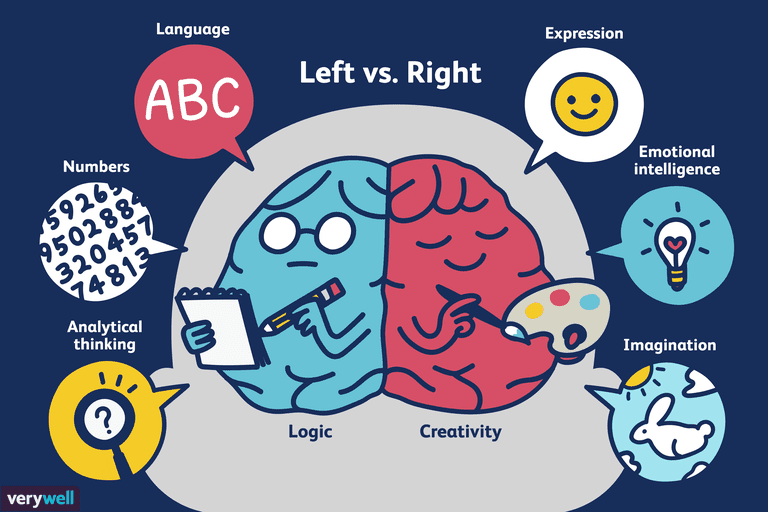 Plus, it just flat makes you feel good! Continue reading →
Plus, it just flat makes you feel good! Continue reading →
12 steps to financial wellness – Step 1: How to Track Your Spending
We’re launching our 12 Steps to Financial Wellness with some tips on tracking your spending. It will require discipline and attention, but it’s really important! Use whatever works for you to track your spending and find where you might be wasting money! Continue reading →
Last Minute Shopping Hacks
So, in spite of all the cautions, you still waited until the last minute for your holiday shopping. Well, lucky for you, we’ve got some hacks to help. Shop early in the mornings, when the shelves are stocked, or browse online and order for store pickup. Shop your local small businesses to find great stuff and keep your money local. Remember that Dec. 14 is Free Shipping Day for those gifts you’re mailing! For fun stuff, hit the dollar store for stocking stuffers. And if all else fails, there’s always gift cards! Continue reading →
Needs and Wants of an Individual
ADVERTISEMENTS:
In this article we will discuss about the needs and wants of an individual.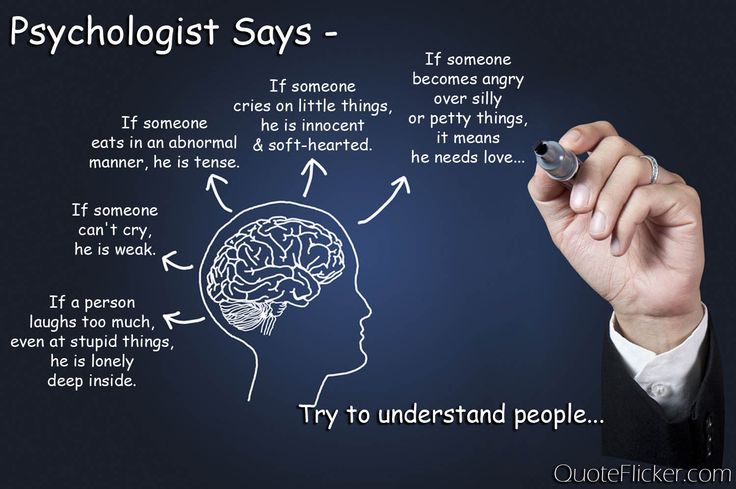
A need exists as a state of tension in a person which serves to direct his behaviour towards a certain goal.
The needs have to following characteristics:
ADVERTISEMENTS:
(i) The degree of tension corresponds to the strength of the need. The stronger the need, the greater the tension.
(ii) After the tension reaches a certain degree of intensity, it is experienced as unpleasant.
(iii) When a need enters the active stage, the person engaged in the activity is directed towards the goal.
(iv) The tension is discharged when the goal is reached.
ADVERTISEMENTS:
For example, when a person needs food, he feels hungry. If he has not taken anything for the last twelve hours, he feels intensely hungry. He can resist the hunger to a particular stage, beyond which he will feel restless for want of food.
Hunger will be unpleasant then. He will therefore strive to satisfy his hunger. He must order for food, and pounce upon the dish.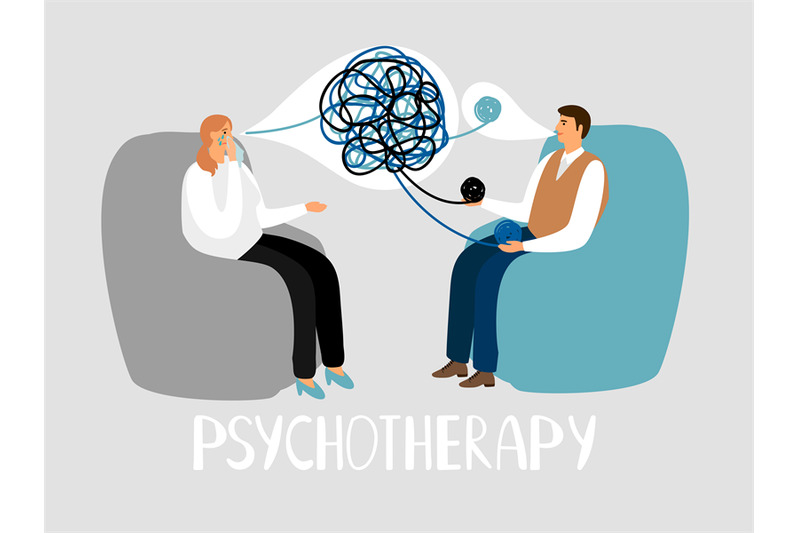 After he has taken the food to his appetite, there is no tension as the goal is reached.
After he has taken the food to his appetite, there is no tension as the goal is reached.
Hunger is one of the tensions arising out of need for food. There are a number of other needs.
Broadly speaking, these are categorised into:
(a) Organic Needs,
(b) Emotional Needs, and
(c) Economic Needs.
(a) Organic Needs:
These are physical needs which include the following:
ADVERTISEMENTS:
1. Basic organic needs:
i. e. needs for air, water, food, proper temperature, clothes, rest, sleep and accommodation without which a man’s life is impossible.
2. The health needs which are either positive or negative. The positive health needs include nutrition, posture, normal hearing, normal vision, normal motor ability and normal functioning of the body. The negative health needs include freedom from diseases, freedom from disabilities like blindness, deafness, stammering, bed-wetting etc.
3. Need for certain kinds of sensory gratifications like a sweet taste, proper light, avoidance of noise etc.
4. Sex-need:
If this need is not met, maladjustment results. Hence marriage is a necessity. Curiosity for sex, and desire to love the opposite sex begins in the adolescent stage. Sex is dormant before that stage.
(b) Emotional Needs:
These include the following:
5. Affection that is satisfaction ‘Emotional Needs’ of being loved by others – by family, teacher and friends. In the absence of the fulfillment of this need maladjustment is caused.
6. Dominance or Mastery:
Every child wants to assert himself. This need is satisfied by achieving excellence in any field of school life.
7. Belongingness:
Every child wants to feel that he belongs to somebody, may be a family, a team, a class or a school.
8. Independence:
Every person wants to work independently, and feel independent for himself.
9. Security:
Every person wants to feel secure in respect of his occupation, income and social prestige. He also wants to be secured from punishment at home, school or society.
10. Achievement and success.
11. Adventure and quest for the new.
12. Recreational need.
13. Aesthetic need.
14. Social Approval:
This need is satisfied by appreciation from others, by getting a good status in the society, by means of popularity and also through fame and name.
(c) Economic Needs:
These include the following needs:
15. Need for a suitable profession, by which one can earn a living, spend according to his need and desire, and make such goal as building a house etc.
16. Need for success and achievement in the career.
17. Power, prestige, honour and recognition.
Human Wants:Sorenson gives a list of wants as follows:
I. The Want to Live:
The Want to Live:
Avoidance and postponement of death includes food, health, clothing, shelter, protection against disease.
II. The Want for Economic Security:
It includes a satisfactory job, a regular income, some property and something to have in future.
III. The Want for Social Security:
It includes love, affection, belongingness, friendship, companionship and social acceptance.
IV. The Want for Personal Worth and Superiority:
It includes success, mastery, power, importance, self-respect, prestige, honour, self-satisfaction.
V. The Want for Health, Comfort and Feeling of Well-being:
It includes rest and sleep, ventilation, pleasant climate, sanitation, healthful surrounding and comforts.
VI. The Want for Stimulation, Activity, Enjoyment and Satisfaction:
It includes work, sports, plays, travel, oral expression, reading, music, art, conversion, motion pictures and other entertainments.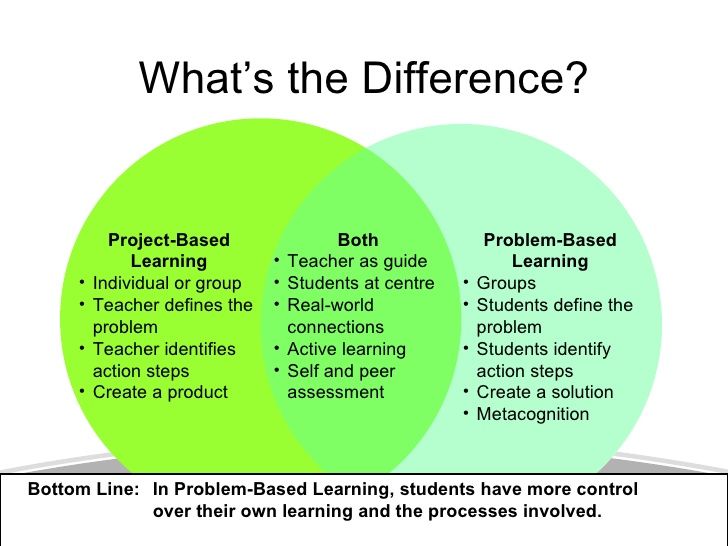
VII. The Want for Freedom and Liberty:
It includes thinking and expressing oneself independently, moving freely, making decisions, enjoying equality rights, and determining one’s own course of action.
VIII. The Want for Sexual Stimulation:
It includes the basic sex urge, libido, life-force, eroticism, amorousness and conjugation.
Methods of Motivation:
Motivation occupies a central place in the teaching-learning process. It is in fact, indispensable to learning. Every teacher, at one time or the other, is faced with the problem of motivating his students to learn. Therefore, it is essential to think of the ways and means for achieving motivation in the classroom situation.
The following are the main approaches (techniques) or methods of motivation:
1. Child-centred approach.
2. Linking the new learning with the past.
3. Use of effective methods, aids and devices in teaching.
4.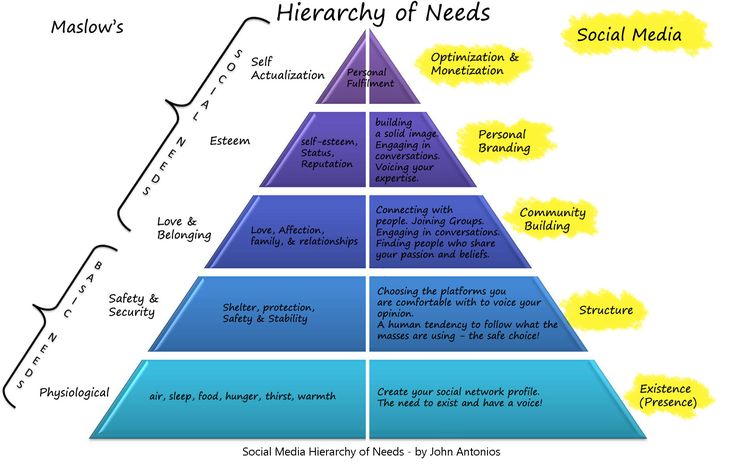 Definiteness of the purposes and goals.
Definiteness of the purposes and goals.
5. Knowledge of the results and progress.
6. Praise and Reproof.
7. Rewards and Punishment.
8. Competition and co-operation.
9. Ego-involvement.
10. Development of proper attitude.
11. Appropriate learning situation and Environment.
12. Stimulus variation by the teacher.
13. Novelty.
14. Teaching skills.
15. Individual differences of the children.
16. Teacher’s own motivation and interest in teaching.
Home ›› Psychology ›› Motivation ›› Individual ›› Needs and Wants of an Individual
2.1. Understanding needs as needs. Motivation and motives
2.1. Understanding Need as Need
The word "need" in the "Dictionary of the Russian language" S. I. Ozhegova (1985) has two meanings: lack of necessary (deficit) and need for something. Close to this is the understanding of need as need. In this meaning, the word "need" is used in various spheres of public and private life, which creates, on the one hand, conditions for its different interpretation, and on the other hand, pushes some authors to search for a single criterion for defining "need", and after it - and "needs".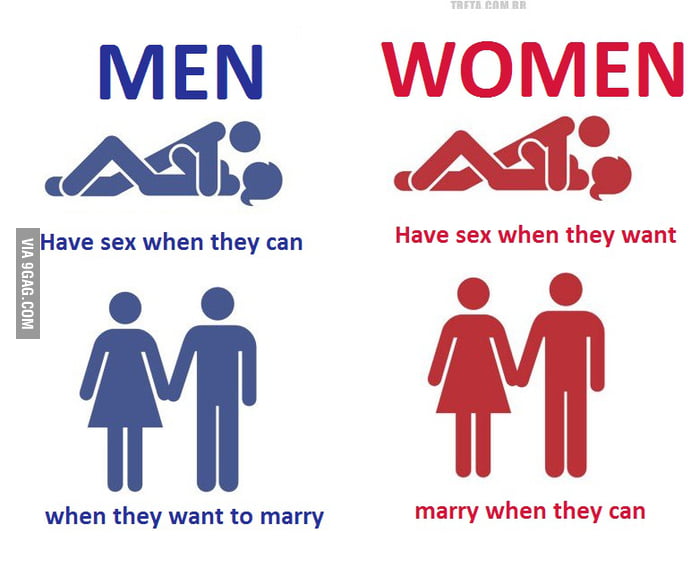 nine0003
nine0003
One can, for example, constantly hear and read about the need of the state for qualified personnel for the administrative apparatus, about the need of enterprises for electricity, agriculture for fertilizers, animals for fodder, etc. But the use of a common word in various spheres of social and personal life does not yet mean that identical phenomena are hidden behind this word and that its everyday use is equivalent to scientific and, even more so, psychological. And above all, because the way of responding to the absence or necessity, the need for something will be different for different objects and systems. nine0006 In the absence of optimal meteorological conditions, a stone cracks and collapses, but it does not feel and does not experience this emotionally, like animals with a highly developed nervous system in case of need. Therefore, when considering a need as a need, a differentiated approach is required.
In psychology, need is most often understood as a deficiency, a lack of something in the body, and it is in this sense that it is taken as a need. D. N. Uznadze (1966, 1969), for example, writes that the concept of "need" refers to everything that is necessary for the organism, but which at the moment it does not possess. With this understanding, the existence of a need is recognized not only in humans and animals, but also in plants.
D. N. Uznadze (1966, 1969), for example, writes that the concept of "need" refers to everything that is necessary for the organism, but which at the moment it does not possess. With this understanding, the existence of a need is recognized not only in humans and animals, but also in plants.
There is no doubt that need and need are closely related to each other in a person. But this does not mean that they are identical. KK Platonov (1986) notes that the relationship between human need and need is the relationship between what is reflected and what is reflected. nine0003
Interferes with the identification of need and need and a narrow understanding of need only as a deficit. In this regard, V. S. Magun (1983), Yu. V. Sharov (1970) and others rightly note that human needs are associated not only with a deficiency, but also with an excess of something that is harmful to the normal functioning of the body, and there is a need to eliminate this excess. It is not worth talking about physiological needs of this kind, they are familiar to everyone.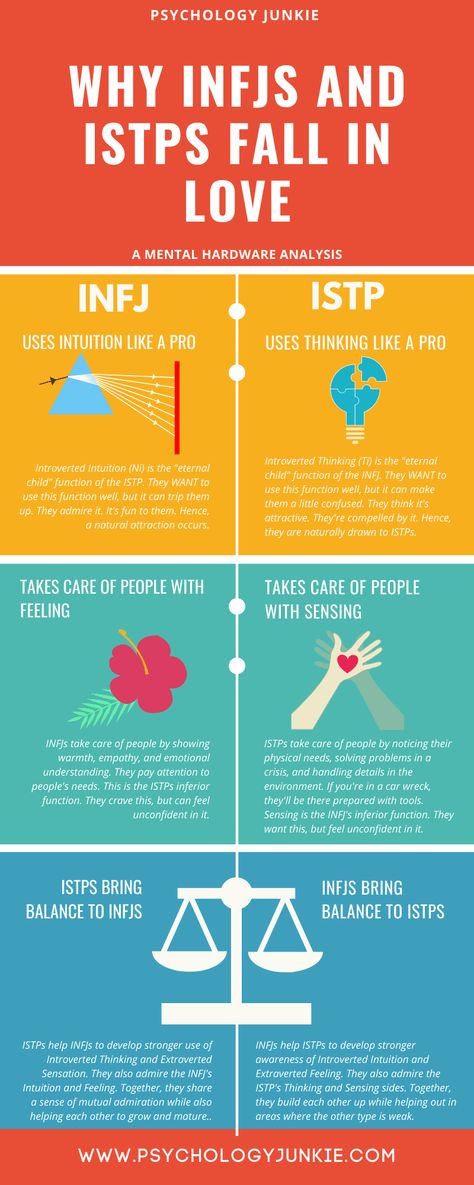 But the need also appears in relation to psychological stimuli that arise spontaneously, without a previous experience of scarcity, but because of the seductiveness of the object that has appeared. The child has a passionate desire to receive a toy seen in a shop window, although before that he had not thought about any toys. Yes, and he wants candy not because of a deficiency of glucose in the body, but because he remembers a pleasant sweetness when he sees it. nine0003
But the need also appears in relation to psychological stimuli that arise spontaneously, without a previous experience of scarcity, but because of the seductiveness of the object that has appeared. The child has a passionate desire to receive a toy seen in a shop window, although before that he had not thought about any toys. Yes, and he wants candy not because of a deficiency of glucose in the body, but because he remembers a pleasant sweetness when he sees it. nine0003
Thus, a narrow understanding of need as a deficit inevitably leads to the same understanding of need as a psychological phenomenon. In this regard, A. Maslow's ideas about human needs should be mentioned. He calls "deficiency" those needs, the dissatisfaction of which creates "voids" in the body; they must be filled to preserve the health of the body. A. Maslow, in addition to the usual vital needs, refers to the “deficiency” the need for security, belonging, love, respect, recognition. At the same time, he stipulates that not all physiological needs can be attributed to this group, for example, the need for sex, excretion, sleep and rest.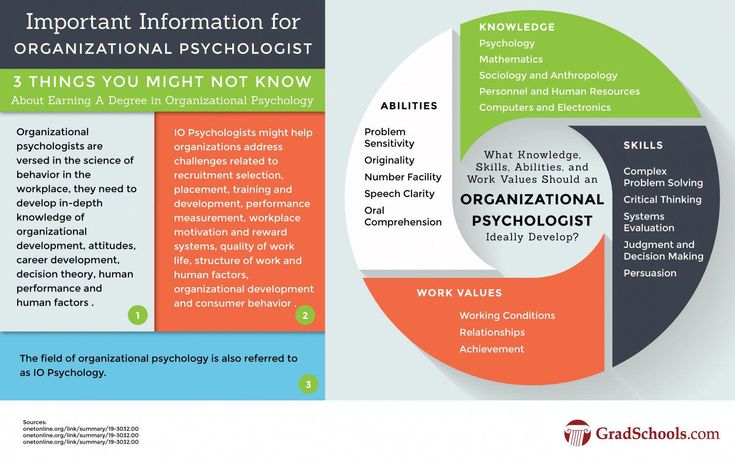 nine0003
nine0003
Elimination of deficiency leads to stress relief, restoration of homeostasis, balance and self-defense, i.e. to self-preservation. But there is, notes A. Maslow, and the need for development, self-improvement. This is the second group of needs associated with self-actualization, which he understands as the continuous realization of potential opportunities, abilities, as the accomplishment of his mission, vocation, as a more complete knowledge. Children, he notes, enjoy from its development and movement forward, from acquiring new skills. And this directly contradicts the theory of Z. Freud, according to which every child desperately craves to adapt and achieve a state of peace or balance. According to the latter, the child, as an inactive and conservative being, should be constantly driven forward, pushing him out of his preferred comfortable state of rest into a new frightening situation. Due to the need for development, nothing of the kind is observed. At the same time, A. Maslow notes that personality development develops depending on what it is “fixated” on: “deficiency elimination” or self-actualization. nine0003
At the same time, A. Maslow notes that personality development develops depending on what it is “fixated” on: “deficiency elimination” or self-actualization. nine0003
So, the main obstacle in interpreting a need as a need is understanding it only as a deficit. At the same time, V. S. Magun’s remark is also true that if need and need mean the same thing, one of them (for him - need) becomes unnecessary.
The most common point of view is that a need is not a need itself, but its reflection in a person's mind. So, K. K. Platonov writes that a need is a mental phenomenon of a reflection of an objective need for something of an organism (biological needs) and a person (social and spiritual needs). M. M. Filippov (1968) considers need as a mental image of need.
But the question of reflecting the need in consciousness is solved by psychologists ambiguously. For different authors, the result of reflection is various psychological phenomena: sensations, experiences, a state of tension, a need.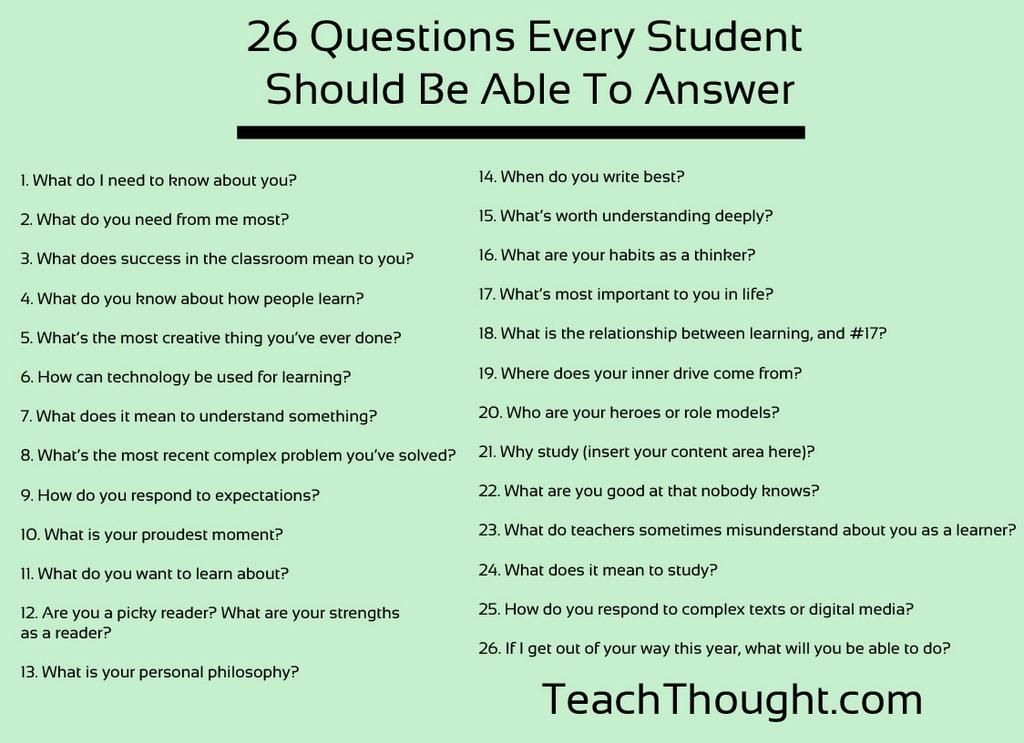 S. L. Rubinshtein (1946) wrote that emotion is a specific form of the existence of a need. Many psychologists take the subject of its satisfaction as a need. For some, the need appears in several qualities at once: as an activity and as a tension, as a state and as a property of the personality. Let's consider these points of view. nine0003
S. L. Rubinshtein (1946) wrote that emotion is a specific form of the existence of a need. Many psychologists take the subject of its satisfaction as a need. For some, the need appears in several qualities at once: as an activity and as a tension, as a state and as a property of the personality. Let's consider these points of view. nine0003
This text is an introductory fragment.
NEEDS FOR “NEEDS SATISFACTION SIGNALS” - ARE THESE NEEDS NEW?
NEEDS FOR “NEEDS SATISFACTION SIGNALS” - ARE THESE NEEDS NEW? The first direction in which the development of needs acquired during life by a person is nothing more than the identification by him in the process of practical interaction with
PERFORMANCE NEEDS (SKILLS), ACTIVITIES AND STATE NEEDS (IN TENSION)
NEEDS FOR ACTIVITIES (SKILLS), NEEDS FOR ACTIVITIES AND ACTIVE STATE (IN TENSION) The second direction in which the formation of acquired needs is carried out is the formation of needs for skills
nine0042 SUMMARY. SATISFACTION SIGNALING NEEDS - ACTUAL NEEDS
SATISFACTION SIGNALING NEEDS - ACTUAL NEEDS SUMMARY. SIGNAL NEEDS OPPORTUNITIES SATISFACTION - REAL NEEDS Let me summarize. The needs for methods (skills) of activity, for activity and in an active state, in emotional tone, acquired or developing during life, are
Understanding
nine0002 Understanding The first type of awareness is the simple awareness of something specific that you would like to change. Often people are completely unaware of their non-constructive habits, including useless ways of communicating, even when they are obvious to others. We discussedWhen there is no need for intimidation
When intimidation is not needed 1. Fraud "on the fly" do without intimidation ... A respectable man with a briefcase approaches the "client" and, waving bundles of photos of "completed work" and incomprehensible documents in front of his nose, offers to conclude a lucrative contract for
Understanding
Understanding Paying attention to a message whose meaning is not fully understood is like eating a portion of cotton candy, which has neither a full-fledged materiality, nor any lasting meaning.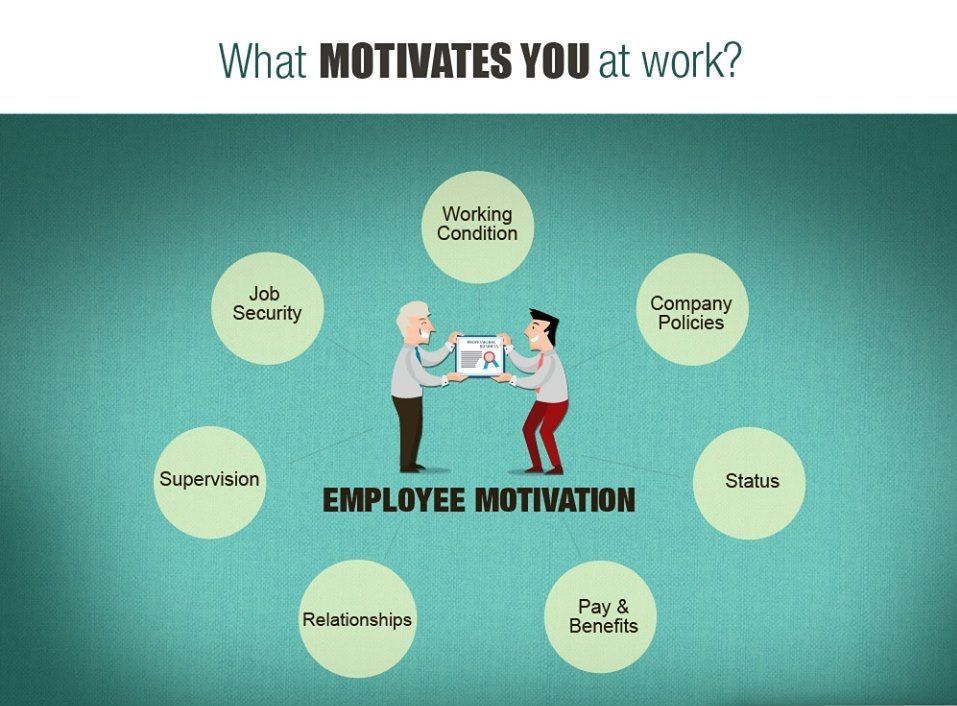 At a minimum, we must understand and take note of the generic
At a minimum, we must understand and take note of the generic
Spiritual needs
spiritual needs There is a spiritual element in each of us, but we all discover and express it in different ways. We've told you stories from our own lives, as well as from the life of Buckminster Fuller, but that doesn't mean your stories have to be the same. Spirituality,
2.2. Need as a subject of satisfaction of need
2.2. Need as a subject of need satisfaction It is common to look at a need as a reflection in the mind of a person of an object that can satisfy (eliminate) a need. V. G. Lezhnev (1939) wrote that if the need does not imply the presence of at least
2.3. Understanding needs as the absence of good. need as a value
2.3. Understanding needs as the absence of good.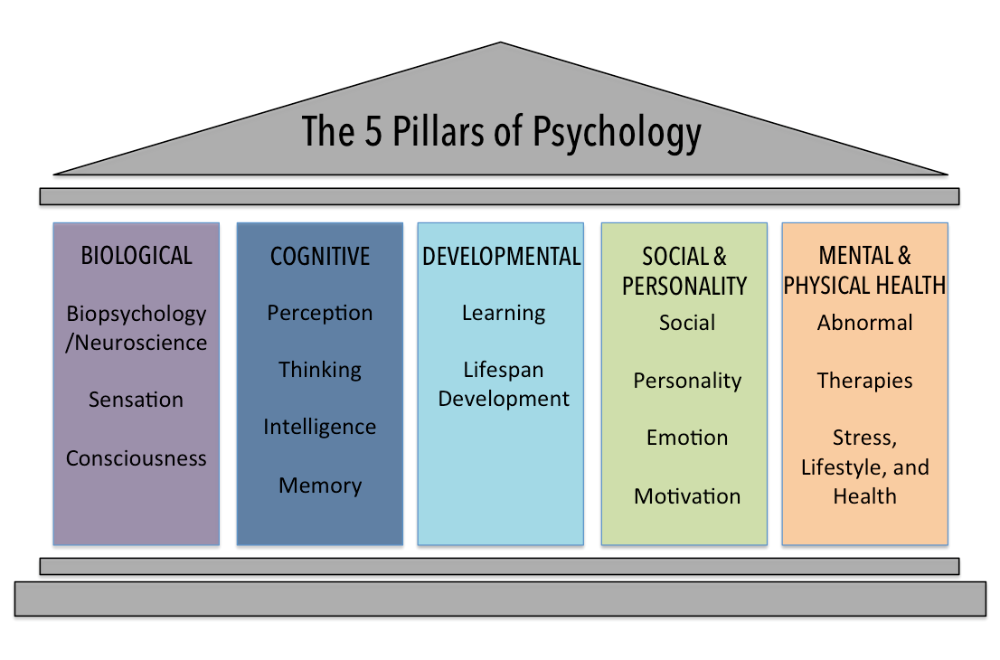 need as value V. S. Magun (1983) believes that in psychology the concept of “need” is unjustifiably narrowed and that there is a need for a “non-departmental” approach to its various phenomena. In this regard, he believes,
need as value V. S. Magun (1983) believes that in psychology the concept of “need” is unjustifiably narrowed and that there is a need for a “non-departmental” approach to its various phenomena. In this regard, he believes,
Understanding
Understanding Participant: This is a patient who is about 40. She is married and has two children (a 19-year-old son and a 14-year-old daughter). This family is from Lebanon. She has a severe migraine and suffers from depression. Marriage is very bad. The wife found out that her husband twenty years ago
Step 3: Understanding
Step 3. Understanding Subsequent sessions with Brenda focused on getting her to know what people really think—she needed to learn to see the world through their eyes, not just her own. When we understand what it means to "be in the place of another person" and what it is
Exercise 2 Learn to understand the needs and needs of other people
Exercise 2 Learn to understand the needs and needs of other people This exercise will change your understanding of how to ask for and receive what you need.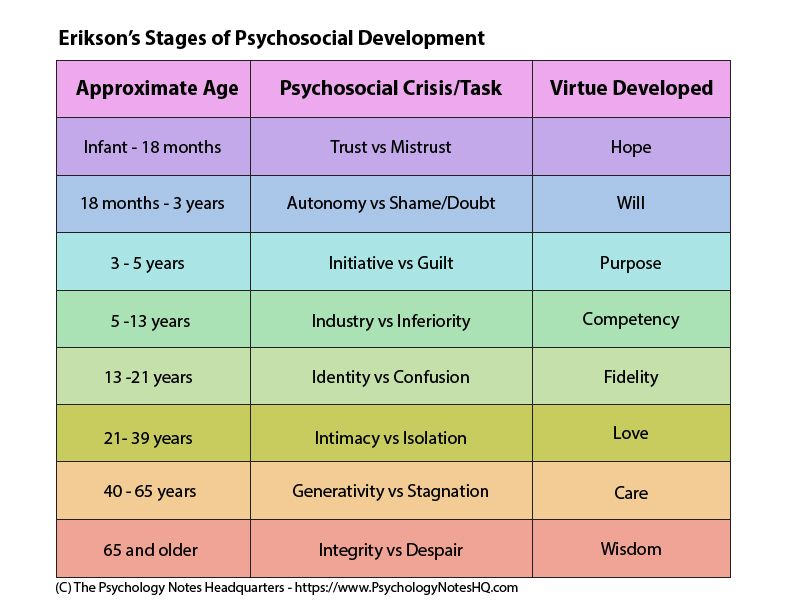 You will realize that you have so far acted ineffectively, and learn to achieve your goal easily and simply, even
You will realize that you have so far acted ineffectively, and learn to achieve your goal easily and simply, even
Satisfying our needs, we get the opportunity to satisfy the needs of others
nine0002 Satisfying our needs, we get the opportunity to satisfy the needs of others The delusion that satisfying one's own needs is a sign of selfishness is so widespread among Christians precisely because we all want to be loving andNeed - Psychologos
Film "9th Company"
Film "Shopaholic"
The need for psychology is described from three angles: as an objective state of affairs, as a subjective sensation, and as a dynamic state. Need as an objective is an objective position of need or lack of something necessary for the normal functioning of a living system. "I don't have what I need next to me. The organization needs additional premises. Russia needs a national idea. The body needs water." A need as a feeling is an internal state of psychological or functional feeling of a lack of something. "I really want to eat." Need as a dynamic state is an internal motivator of activity, a dynamic state of increased tension that "pushes" a person to certain actions. It is subjectively experienced or simply called as craving, attraction, wanting, desire. "I can't sit still..." nine0003
The organization needs additional premises. Russia needs a national idea. The body needs water." A need as a feeling is an internal state of psychological or functional feeling of a lack of something. "I really want to eat." Need as a dynamic state is an internal motivator of activity, a dynamic state of increased tension that "pushes" a person to certain actions. It is subjectively experienced or simply called as craving, attraction, wanting, desire. "I can't sit still..." nine0003
Today, all psychologists talk about needs, although earlier people used the word need. Need was something objective, something without which the human body (or a military detachment, or a factory, or a city) cannot do.
There is no word "need" in English, there are words needs (lack, need) and requirements (request, requirements, requested funds). Everything is clear, everything is objective: if you don’t have something - get it, buy it or make a request, we will consider it ...
It seems that the concept of "need" lies outside the natural science approach, in the field of the humanitarian approach and other high poetry.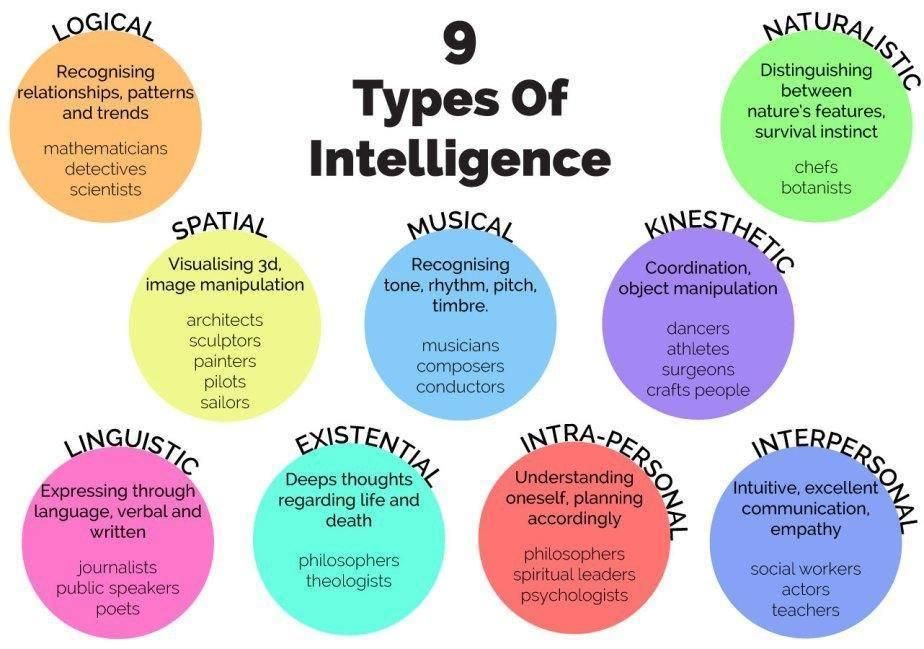 Obviously, the engine needs gasoline and engine oil to function properly, but it cannot be said that the engine has a need for this. Why? Because the motor is not alive, and needs are only spoken of in relation to what is seen as alive.
Obviously, the engine needs gasoline and engine oil to function properly, but it cannot be said that the engine has a need for this. Why? Because the motor is not alive, and needs are only spoken of in relation to what is seen as alive.
The technician will say that the condition for normal operation is the presence of gasoline, and the addition of engine oils increases the life of the engine. Everything, these are "functioning conditions", and there are no "needs" here. However, if the driver begins to perceive his car as a living being (and this is common everywhere), then his car needs to wash, replenish gasoline, and go through MOT ... "My car wants to wash!" nine0107
Followers of the natural-scientific approach do not talk about the needs, but about the requests of the subject (appeals for help) and the conditions that in one way or another affect the life of the organism.
A.S. Pushkin did not use the word "need"; in the dictionary of V.I. Dahl also says nothing about needs, but in the dictionary of Brockhaus and Efron there is already an article about "elastic" and "maloelastic" needs.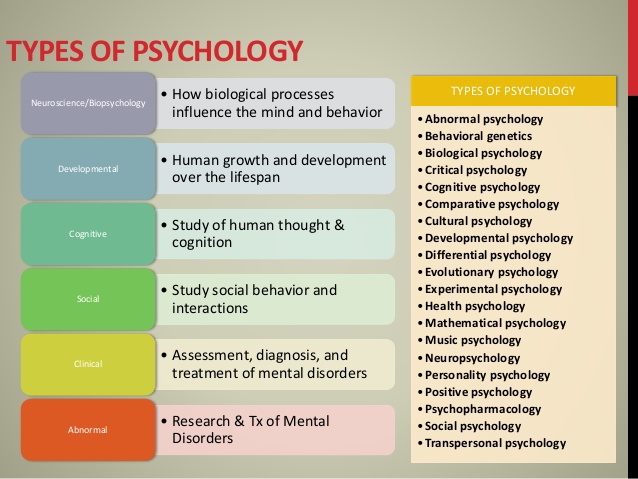 The need for bread is elementary and malelastic: if you eat enough, you are full. Everything is certain, there is no time stretch, in fact, it is a need. But the need for clothes is incomparably more elastic: buying clothes does not saturate this need, you want to buy more and more ... Everything stretches elastically to infinity, because there is not a need, but a desire. nine0003
The need for bread is elementary and malelastic: if you eat enough, you are full. Everything is certain, there is no time stretch, in fact, it is a need. But the need for clothes is incomparably more elastic: buying clothes does not saturate this need, you want to buy more and more ... Everything stretches elastically to infinity, because there is not a need, but a desire. nine0003
Needs are distinguished and classified in a variety of ways. There are, in particular, holistic and fragmentary needs, real and invented, basic and not, higher and lower, needs for communication, love, respect, and many others. It seems that today's understanding of the need is closer to elastic, little saturable needs. And it seems that behind such a need is to a small extent "need", and to a greater extent - whining on the topic "I want" and "I feel bad without it!".
People, like children, very quickly learn the list of their needs, and the consumer society is only too happy about this, because one or another service can be sold for any need.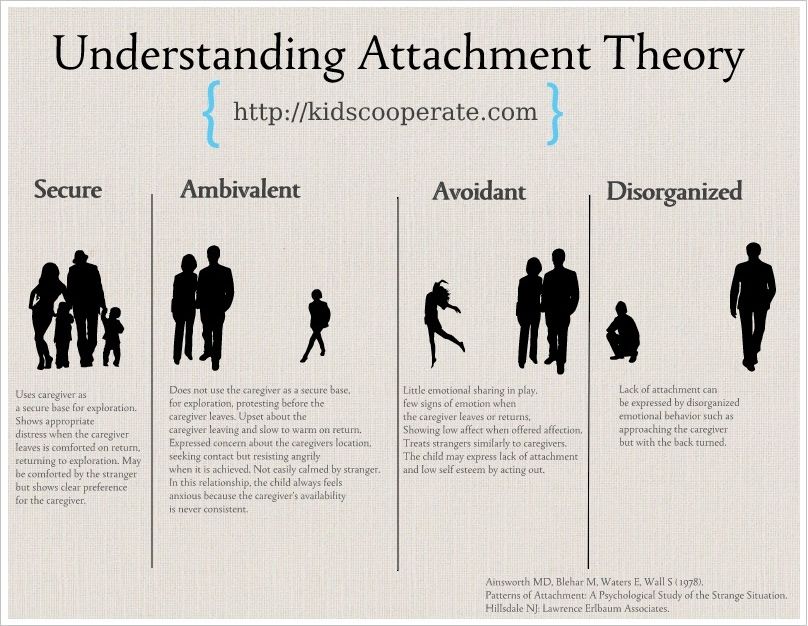 The concept of "need" is very convenient: some can sell something under the created need, others can relieve themselves of responsibility for their actions. "I bought it because I felt the need for it. Shouldn't I go against myself?!" As people's needs evolve, the wishlist of what they want to call real needs grows at an incredible rate. nine0107
The concept of "need" is very convenient: some can sell something under the created need, others can relieve themselves of responsibility for their actions. "I bought it because I felt the need for it. Shouldn't I go against myself?!" As people's needs evolve, the wishlist of what they want to call real needs grows at an incredible rate. nine0107
People who start playing the game called "Needs" find themselves on the hook. People are easily involved, accustomed and attached, after which their attachments and habits are called their needs. Grandpa now needs to be up to date with the news every night, grandma needs to watch a TV series, mom needs to buy a D&G handkerchief, dad needs to upgrade his iPhone to the latest model, a three-year-old child needs to play on an iPad. And each of these children is convinced that they cannot do without it, because these are their needs. nine0003
Researchers introduce the concept of "basic needs" to distinguish needs from real needs, but this list turns out to be as elastic and insatiable as the needs of those who are used to begging for something.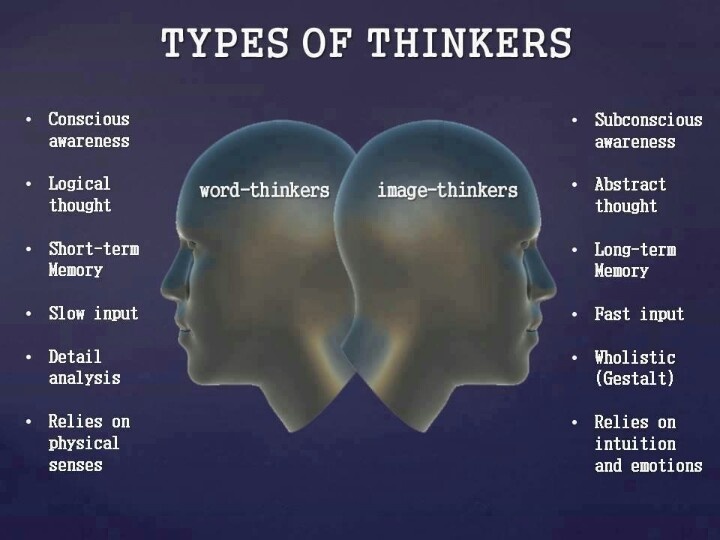
Psychologists' assertion that it is needs that drive people is suggestion, and counterproductive suggestion. Those who instill this force them to look at everything from an egoistic point of view, and those who believe this receive a supposedly scientific explanation why every person takes care of himself first of all. Talking about needs educates consumers: those who live for themselves, for the satisfaction of their own needs. nine0107
The concept of "need" is a dangerous concept. In addition to accustoming to selfishness, it carries another meta-message: "Someone is responsible for my needs, someone must take care of me." And this attitude easily brings up parasites who are convinced that their needs must be served - after all, every person has the right to satisfy his needs!
Need for security - meet. The need for communication - provide! - take note! Need for love - take care! nine0107
Probably not, we are not children after all. Each of us has our own needs and desires, and every adult can serve himself if he takes on such responsibility.
From the standpoint of the synton approach, a need is a replacement for values, goals and will in a person who lives as an organism, not yet becoming a person. And this replacement is not quite worthy.
Most people really live and act most of their lives driven by needs. When they lack something, they have increased tension, they feel bad, but the tension moves them to activity, they act. Reached - the voltage is discharged, the source of activity has dried up, the energy of action has ended. In order to move somewhere, they again look for a state of dissatisfaction, look for their bad, and constantly swing between "I feel bad, but I'm moving" or "I feel good and I can't lift myself." nine0107
It is true that the life of a human organism is not controlled by him, but by his needs. Read - his body. This is how most people live, but will you live like this? A reasonable person knows the needs of his body and takes care of it, while the choices of an adult are determined by himself, and not by his needs.